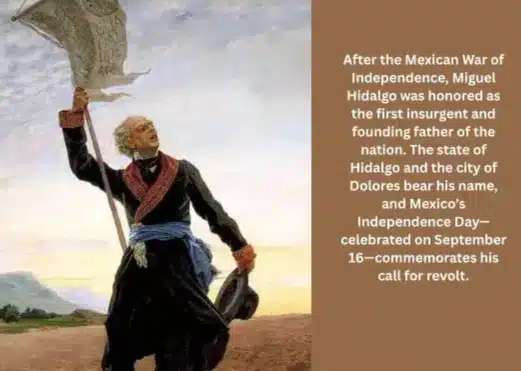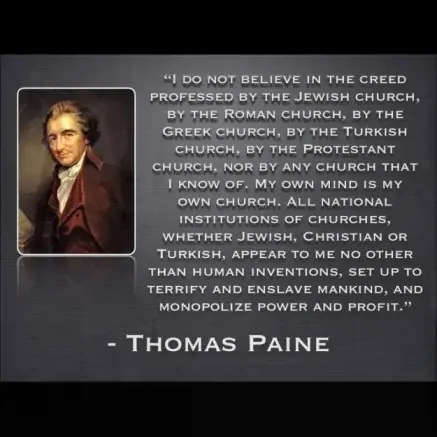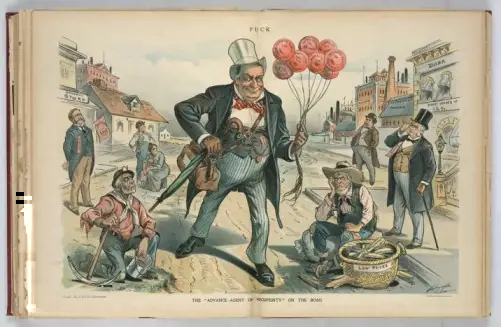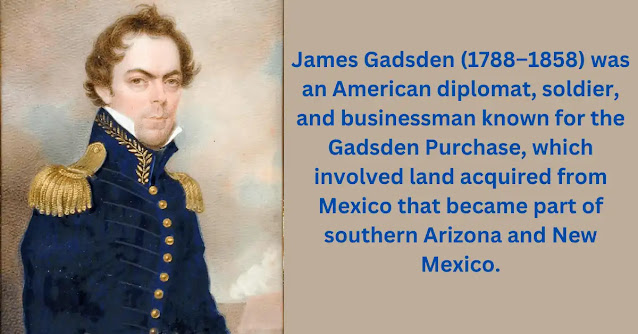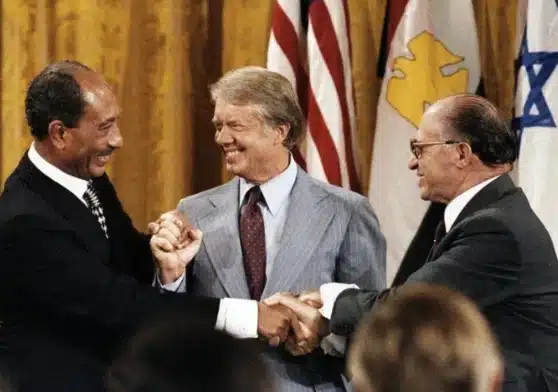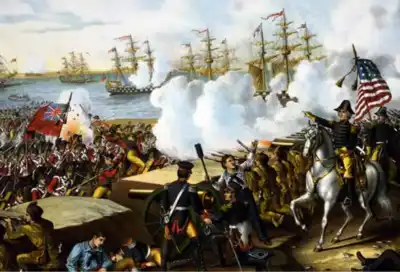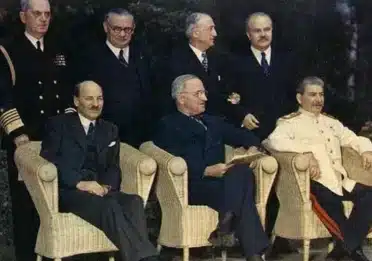Mercosur: South America’s Economic Integration Project
The Southern Common Market, often referred to as Mercosur in Spanish and Mercosul in Portuguese, is a trade bloc in South America. It was established through the Treaty of Asunción in 1991 and further defined by the Protocol of Ouro Preto in 1994, uniting five core nations: Argentina, Brazil, Paraguay, Uruguay, and Bolivia (which joined in July 2024), while Venezuela has been suspended since 2016. The bloc has expanded its reach through seven associate members: Chile, Colombia, Ecuador, Peru, Guyana, Suriname, and Panama, who participate in selective agreements while maintaining independent trade policies.
Emerging from decades of regional cooperation efforts, including the pivotal 1985 Iguaçu Declaration between Argentina and Brazil, Mercosur has evolved from a free trade zone to a partial customs union. Here, a Partial Customs Union refers to an economic agreement where member countries eliminate tariffs on select goods while maintaining independent trade policies for other products.
In late 2024, Mercosur achieved a historic milestone by finalizing a long-delayed trade agreement with the European Union after two decades of negotiations—marking a major victory for the South American bloc. However, the deal faces fierce resistance from France and other EU members concerned about competition for European farmers. Beyond this breakthrough, Mercosur grapples with mounting challenges: internal divisions over China’s growing influence in the region, questions about democratic governance among some members, and persistent economic disparities that threaten regional cohesion.

💻 Table of Contents:
- Historical Context of Mercosur: From Founding to Expansion
- Mercosur’s Core Mission: Economic Integration and Regional Unity
- Mercosur’s Political and Functional Obstacles
- Mercosur’s Global Trade Ambitions: The EU Deal and Beyond
- Internal Divisions and Regional Politics
- Chinese Investment as a Geopolitical Flashpoint
- U.S. Dollar Hegemony and the Mercosur Divide
- Mercosur’s Trajectory: Shaped by Latin America’s Political Pendulum
While the EU pact offers new opportunities, Mercosur’s path forward remains complicated by geopolitical tensions and uneven development among its members. It was established to facilitate regional free trade, labor mobility, and financial integration, Mercosur has evolved through multiple policy updates since 1991.
By 2023, the four founding Mercosur nations – Argentina, Brazil, Paraguay and Uruguay – had achieved a combined GDP approaching $3 trillion (World Bank), establishing the bloc as one of the planet’s largest economic alliances. This article explores Mercosur’s evolution as South America’s key trade bloc, its economic achievements and ongoing challenges in regional integration, and its complex negotiations with the EU.
Historical Context of Mercosur: From Founding to Expansion
Mercosur was formally established in 1991 with the signing of the Treaty of Asunción by its founding members—Argentina, Brazil, Paraguay, and Uruguay. This landmark agreement laid the groundwork for economic integration, aiming to create a common market that would boost trade, coordinate policies, and strengthen regional cooperation. Over the years, the bloc has evolved, adapting to geopolitical shifts and expanding its reach while maintaining its core mission of fostering unity among South American nations.
Since its inception, Mercosur has experienced both growth and challenges, including Venezuela’s temporary membership and subsequent suspension in 2016 for failing to comply with the bloc’s democratic principles. While the bloc’s full membership currently consists of the original four nations plus Bolivia (which joined in 2024), associate members like Chile, Colombia, and Peru have also deepened ties. This dynamic history reflects Mercosur’s ongoing struggle to balance integration ambitions with the diverse political and economic realities of its member states.
Mercosur’s Core Mission: Economic Integration and Regional Unity
Mercosur was established with clear economic objectives: to eliminate trade barriers, establish a common external tariff, and coordinate macroeconomic policies among member states. By removing restrictions on goods, services, and capital, the bloc fosters seamless commerce within the region while presenting a unified trade front to the world. Additionally, policy harmonization aims to stabilize economies and promote sustainable growth, ensuring that member nations benefit from collective economic strategies.
Beyond trade, Mercosur prioritizes deeper regional integration by enabling the free movement of people across borders, supported through its December 2014 Memorandum of Understanding (MoU) with the International Organization for Migration (IOM). Citizens can live, work, and study in any member country without restrictive visa requirements, strengthening cultural and labor ties. This approach not only enhances economic collaboration but also reinforces South America’s position as a competitive force in global markets, balancing sovereignty with shared prosperity.
Mercosur’s Political and Functional Obstacles:
Mercosur faces three critical challenges that will shape its future: finalizing the long-delayed EU trade deal, integrating Bolivia as a full member, and managing ideological tensions between Argentina and Brazil. The EU agreement remains stalled not only due to agricultural disputes with Mercosur but also internal EU divisions – France has declared the current terms “unacceptable” to protect its agricultural sovereignty, with Poland and Italy sharing reservations, while Germany and Spain push for ratification.
While the deal has been technically finalized, its implementation remains uncertain as both blocs face lengthy ratification processes. Meanwhile, Bolivia’s entry—though symbolically significant—raises questions about its economic contribution amid declining gas exports. The stark political divide between Brazilian President Lula da Silva’s pro-integration stance and Argentine President Javier Milei’s market-driven skepticism further threatens to paralyze the bloc’s decision-making, even as intra-bloc trade shows mixed results in 2024.
Mercosur faces economic challenges, including reliance on raw material exports to China and the shift to green technology. While Brazil, Uruguay, and Paraguay promote electric mobility, Argentina struggles with policy coordination. Overcoming these issues is key to Mercosur’s role in regional integration.
Mercosur’s Global Trade Ambitions: The EU Deal and Beyond
Mercosur’s geopolitical influence is increasingly defined by its landmark political agreement with the EU reached in December 2024 after two decades of negotiations. While not yet ratified, this potential deal – which would create one of the world’s largest free trade zones – faces significant hurdles, including opposition from key EU members like France and Poland. As the EU’s largest trade and investment partner in Latin America (€56 billion in goods exports, €340 billion investment stock), the agreement’s implementation remains uncertain despite its ambitious goals of reducing tariffs, standardizing regulations, and promoting sustainable development.
Beyond Europe, Mercosur continues diversifying its economic alliances through China’s Belt and Road Initiative and Eurasian Economic Union talks, even as internal divisions emerge. Brazil’s growing ties with Beijing contrast with Argentina’s Western orientation, testing the bloc’s unity. The EU-Mercosur agreement’s fate – promising SME growth, stronger IP protections, and improved labor standards – now serves as a crucial indicator of whether Mercosur can transform political agreements into concrete economic gains while maintaining regional cohesion.
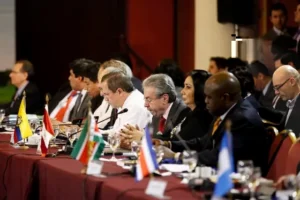
Environmental concerns further complicate the debate, with critics warning the deal could accelerate Amazon deforestation and undermine Indigenous rights. Despite these challenges, proponents argue the agreement strengthens Europe’s strategic necessity by reducing reliance on China and the U.S.
💻 You May Also Like:
- Schengen Agreement: The Triumph of Open Borders in Europe
- The New Silk Road: Exploring China’s Belt and Road Initiative
- Middle Corridor: The New Silk Road Bridging East and West
The deal will have to be sealed by EU member states through approval from both the European Parliament and Council; its fate hangs in the balance. Will France succeed in blocking it, or will Germany’s economic priorities prevail? The outcome will shape not only EU-Mercosur relations but also the future of European trade policy.
Internal Divisions and Regional Politics:
Despite its economic potential, Mercosur faces recurring internal tensions. Paraguay’s temporary suspension in 2012, following the impeachment of President Fernando Lugo, and Argentina’s diplomatic disputes over river navigation rights in 2023 underscore the political fragility within the bloc. Moreover, language barriers between Spanish-speaking members and Portuguese-speaking Brazil complicate deeper integration efforts.
The bloc’s expansion strategy remains uncertain. While Bolivia’s accession enhances its geopolitical footprint, Venezuela’s return remains unlikely unless governance conditions improve. Uruguay’s exploration of independent trade deals outside Mercosur also signals growing dissatisfaction with the bloc’s rigid structure. If Mercosur can’t agree on how to share power between countries and the group, it may stop making progress.
Chinese Investment as a Geopolitical Flashpoint:
Bolivia’s deepening lithium partnerships with global powers are creating tensions within Mercosur as member states grapple with competing priorities. A major 1 billion investment from Chinese firms to develop lithium extraction plants, followed by a 450 million deal signed in December 2023 with Russia’s Uranium One Group (a Rosatom subsidiary), has put the Andean nation at the center of strategic resource competition.
While Bolivia gains critical infrastructure, Brazil and Argentina view China’s growing control over strategic resources as a challenge to regional supply chain autonomy and Mercosur’s collective industrial ambitions. This dynamic forces the bloc to navigate difficult trade-offs between welcoming foreign investment and protecting economic sovereignty in key sectors like green energy.
Brazil’s ambitious port expansions and infrastructure projects, particularly those linked to Chinese investment like the proposed Atlantic-Pacific railway, are creating tensions within Mercosur as member states grapple with the trade-offs between economic development and national sovereignty. While these initiatives promise to boost Brazil’s role as a regional trade hub, smaller members like Paraguay and Uruguay worry about becoming overly dependent on Brazilian-controlled logistics networks, potentially undermining their own economic autonomy.
U.S. Dollar Hegemony and the Mercosur Divide:
The U.S. dollar’s strong influence in Latin America has caused growing splits in Mercosur. This became clear when Argentina decided to fix its peso to the dollar – making trade with Brazil harder and leaving Argentina less able to control its own economy. While dollarization offered short-term stability for some members like Ecuador, it undermined regional cohesion by prioritizing bilateral ties with Washington over collective autonomy. This tension reflects Mercosur’s struggle to reconcile national economic strategies with its integrationist vision.
The bloc now faces a critical juncture—either develop a unified approach to counter dollar dependence or risk further fragmentation. Brazil’s resistance to dollarization contrasts sharply with Argentina’s historical alignment with U.S. monetary policies, leaving Mercosur caught between external financial pressures and internal divisions over sovereignty. Without coordinated action, dollar hegemony may permanently limit the bloc’s strategic independence.
Mercosur’s Trajectory: Shaped by Latin America’s Political Pendulum
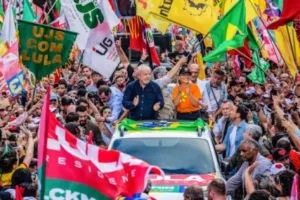
Mercosur’s evolution has mirrored Latin America’s ideological shifts, from the leftist “Pink Tide” of the 2000s—led by leaders like Lula (Brazil), Kirchner (Argentina), and Chávez (Venezuela)—to the neoliberal turn under figures such as Macri and Bolsonaro. This oscillation between socialist solidarity and market-driven policies has left the bloc struggling to define a cohesive identity, undermining its stability and geopolitical influence as external partners question its long-term direction.
The Pink Tide’s legacy remains contested: while it reduced inequality and expanded welfare, its failure to dismantle structural inequities and its susceptibility to corruption fueled a conservative resurgence. Today, Mercosur reflects this tension—caught between resurgent leftist ambitions (Lula’s return, Bolivia’s Arce) and right-wing pragmatism (Uruguay’s Lacalle Pou)—as it navigates competing visions for regional integration amid global economic pressures.
Conclusion: Mercosur's Progress and Persistent Hurdles
Since its creation, Mercosur has played a pivotal role in stimulating economic growth and regional cooperation across South America. By reducing trade barriers and fostering joint infrastructure and energy projects, the bloc has strengthened ties between member states and attracted investment. However, its journey has not been without obstacles—political instability, uneven economic development among members, and bureaucratic delays in implementing agreements have often hindered deeper integration.
Mercosur’s future hinges on its ability to reconcile economic ambitions with geopolitical realities. While it serves as a platform for South American unity and global trade negotiations, its internal disputes and external pressures present formidable challenges. Whether Mercosur solidifies its role as a key geopolitical player or remains an arena of regional fragmentation will depend on its capacity to adapt to the evolving international landscape. In an era of shifting global power, Mercosur’s path forward will shape not just South America’s economy but its strategic positioning in world affairs.
Frequently Asked Questions
Mercosur (Southern Common Market) is a South American trade bloc established in 1991 by Argentina, Brazil, Paraguay, and Uruguay. Bolivia joined as a full member in 2024, while Venezuela remains suspended. Associate members include Chile, Colombia, Ecuador, Peru, Guyana, Suriname, and Panama.
Key challenges include: finalizing the EU trade deal (opposed by France), integrating Bolivia, managing Argentina-Brazil ideological tensions, China's growing influence in lithium mining, and divisions over U.S. dollar dependence.
By 2023, Mercosur's 4 founding members had a combined $3 trillion GDP (World Bank), making it one of the world's largest economic blocs. It has boosted regional trade but struggles with uneven development and reliance on raw material exports.
The leftist Pink Tide (2000s) reduced inequality but failed to fix structural issues, fueling a conservative backlash. Today, Mercosur remains divided between pro-integration leaders (Lula, Arce) and market-focused ones (Lacalle Pou). What is Mercosur and which countries are members?
What are the main challenges facing Mercosur today?
How successful has Mercosur been economically?
What was the Pink Tide's impact on Mercosur?

